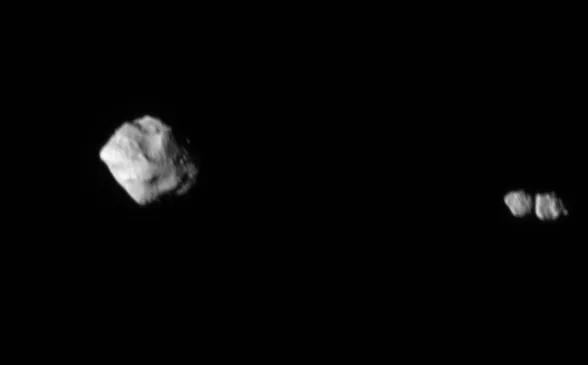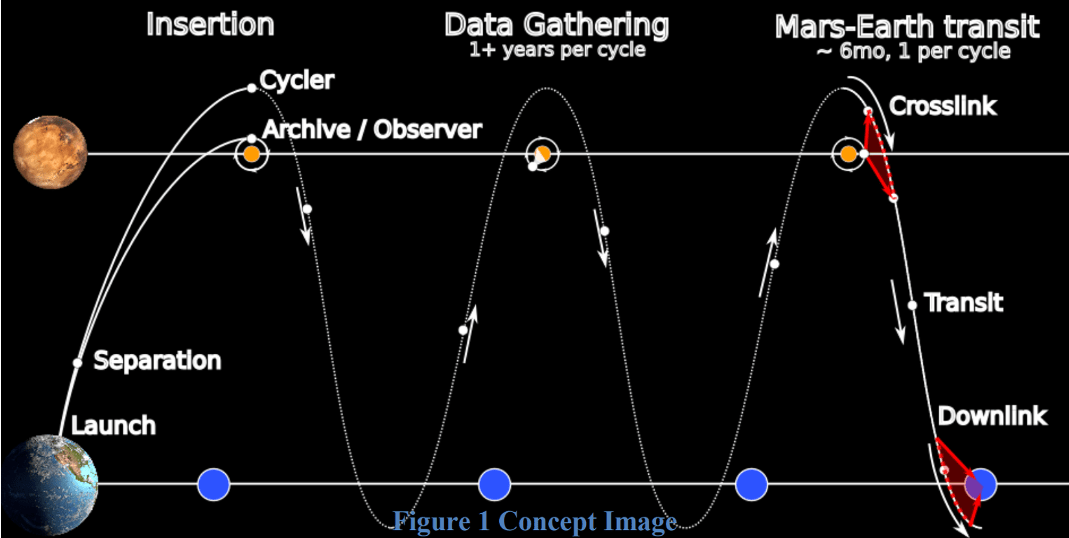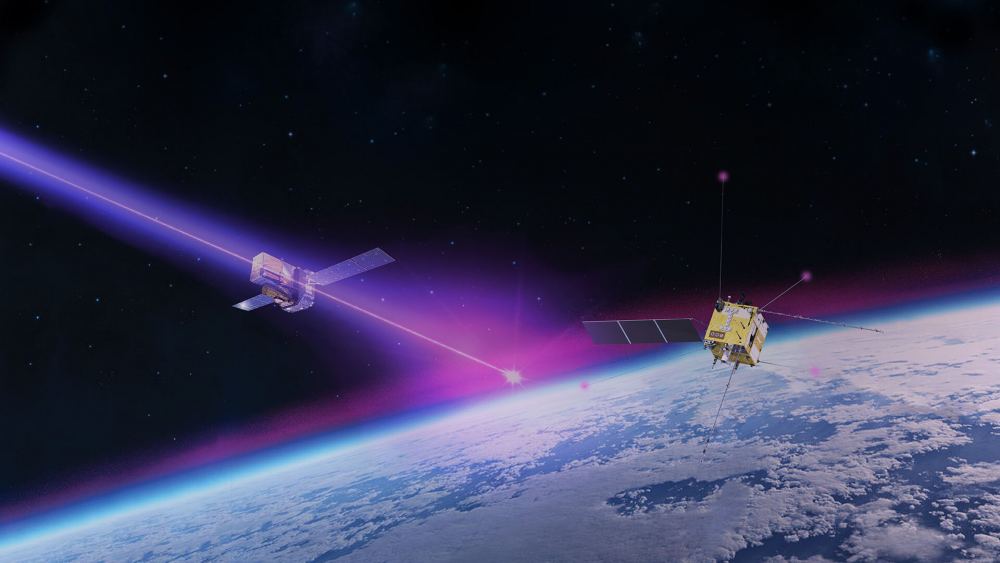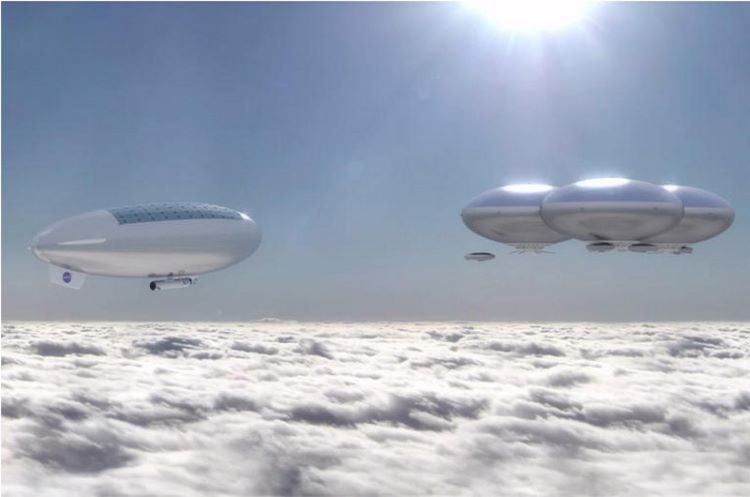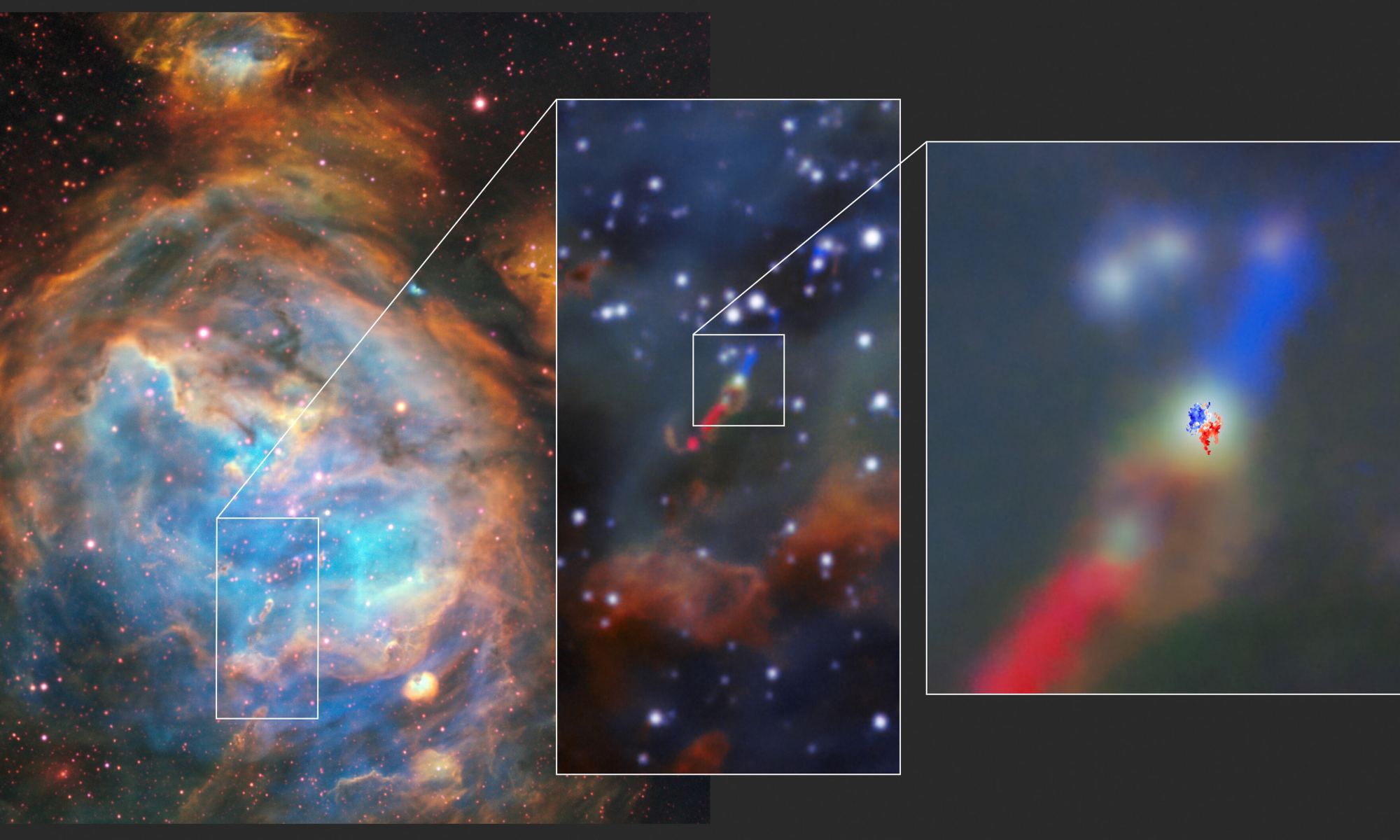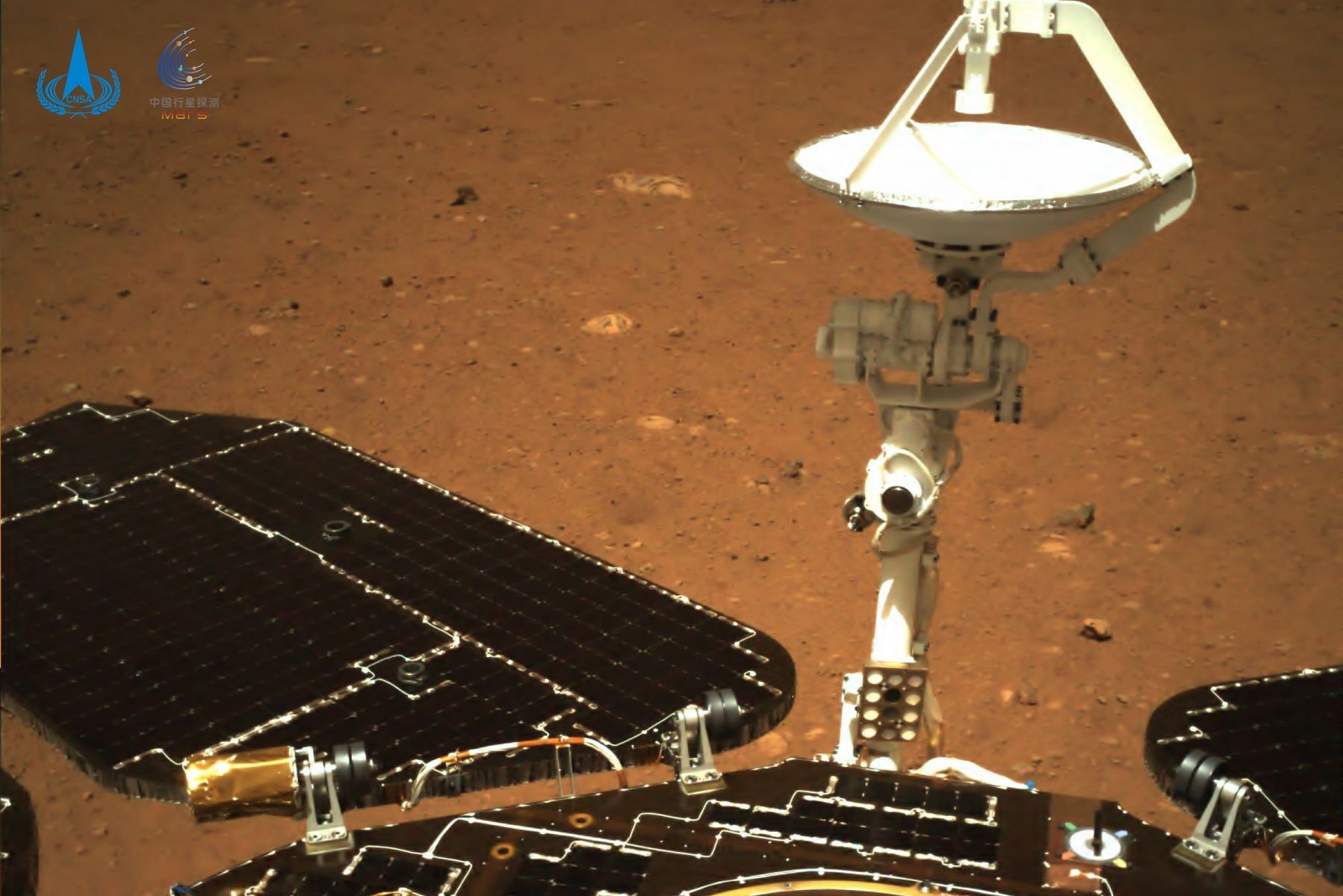When NASA’s Lucy mission flew past asteroid Dinkinesh on November 1, 2023, it made the surprising discovery the asteroid had a tiny moon. Then came another surprise. This wasn’t just any moon, but a contact binary moon, where two space rocks are gently resting against each other. Of course, this new and unique moon needed a name, so the International Astronomical Union (IAU) has just approved approved “Selam,” which means peace in Ethiopia’s language.
But, everything’s connected here. Dinkinesh is the Ethiopian name for the Lucy fossil, and Selam is named after another fossil from the same species of human ancestor.
Continue reading “The New Asteroid Moon Discovered by Lucy Just Got its Own Name”


